Deck & Commander Strategies
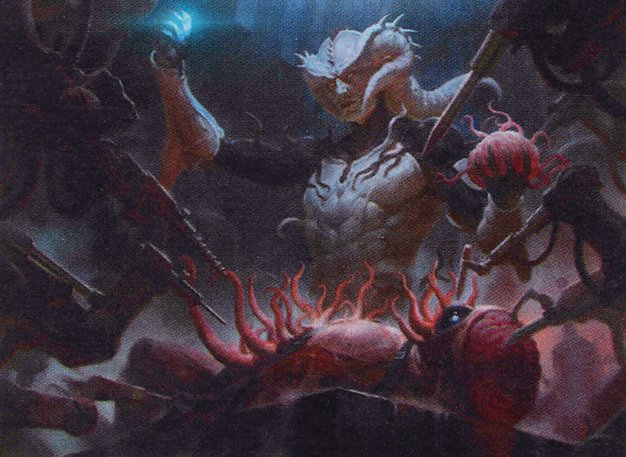
Volrath, the Shapestealer
Copies opponent's creatures to leverage their abilities and stats, aiming to outvalue and out-tempo opponents by becoming versatile threats.

Muldrotha, the Gravetide
A big mana ramp deck that relies on permanent recursion from the graveyard, focusing on building a resilient board state with value creatures and lands.

Marchesa, the Black Rose
Uses +1/+1 counters and dethrone mechanics to grow creatures, while sacrificing and stealing permanents to control the board and generate incremental advantage.

Ruhan of the Fomori
Typically a voltron commander, but here used in a control shell with engines and disruption to manage threats and win through incremental damage.
Gameplay Insights
- 1
Marchesa's use of Goblin Bombardment to sacrifice creatures in response to a board wipe was a clever way to trigger value and disrupt opponents simultaneously.
- 2
Volrath's ability to copy key creatures like Scavenging Ooze allowed for significant board presence and denied opponents their usual value.
- 3
Muldrotha's heavy reliance on permanents and graveyard recursion created threats that were difficult for opponents to permanently remove.
- 4
Ruhan's approach as a control deck with multiple engines rather than a pure voltron strategy allowed for flexibility and longer-term value.
- 5
The use of Smothering Tithe provided critical mana advantage, influencing decisions on whether to pay for the triggers or let opponents gain treasure tokens.
- 6
Players carefully monitored the highest land counts each upkeep to leverage Oath of Lieges, ensuring consistent ramp and mana advantage.
Notable Cards
-
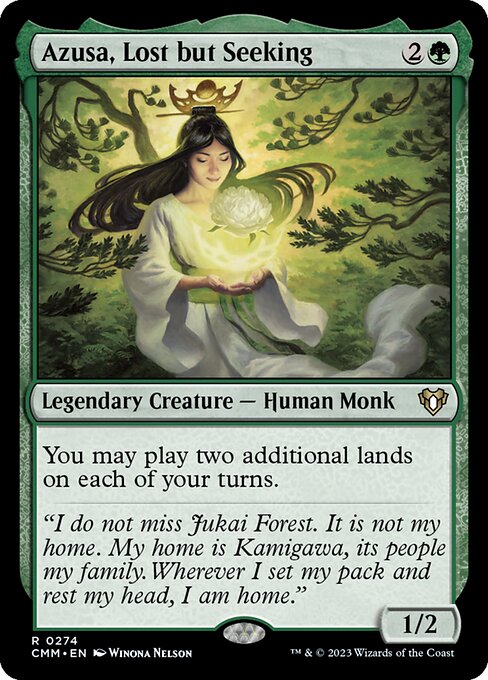
Azusa, Lost but Seeking
-

Exploration
-
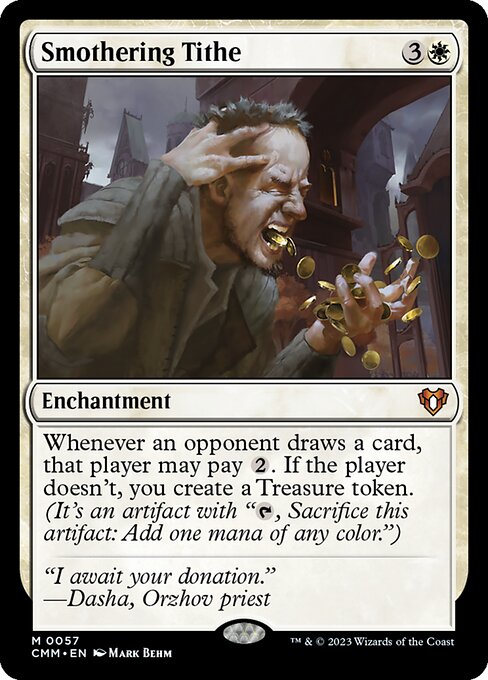
Smothering Tithe
-

Beast Within
-
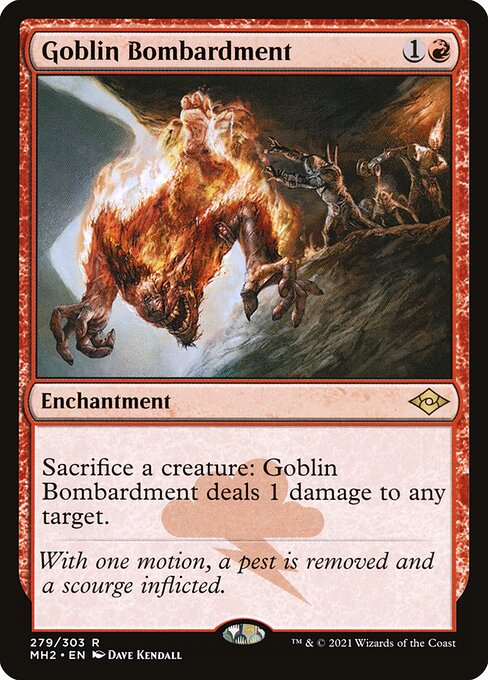
Goblin Bombardment
-
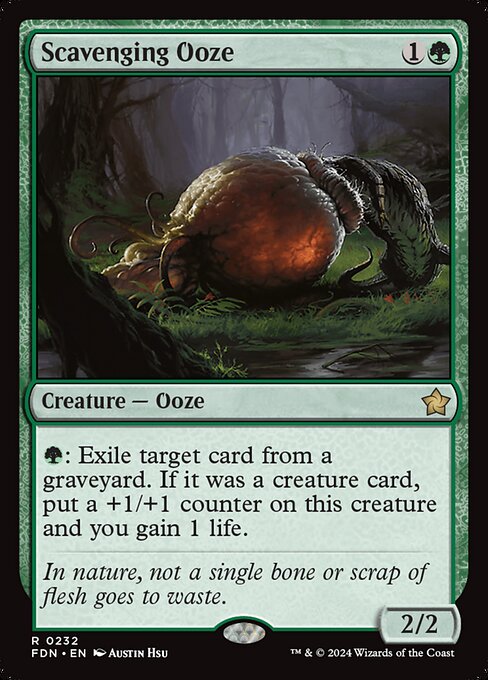
Scavenging Ooze
-
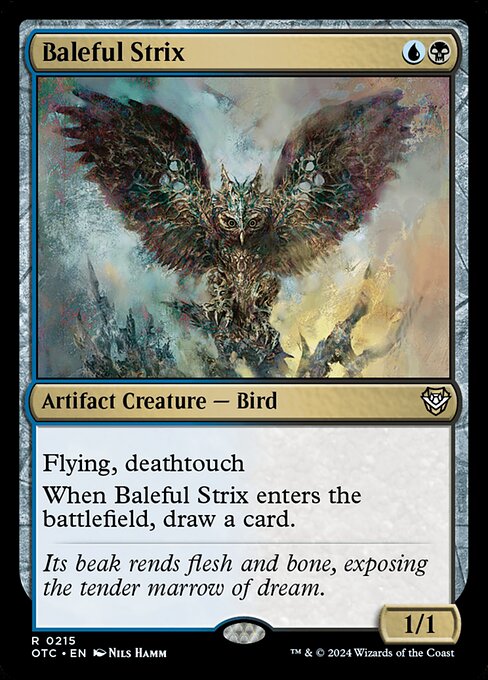
Baleful Strix
-
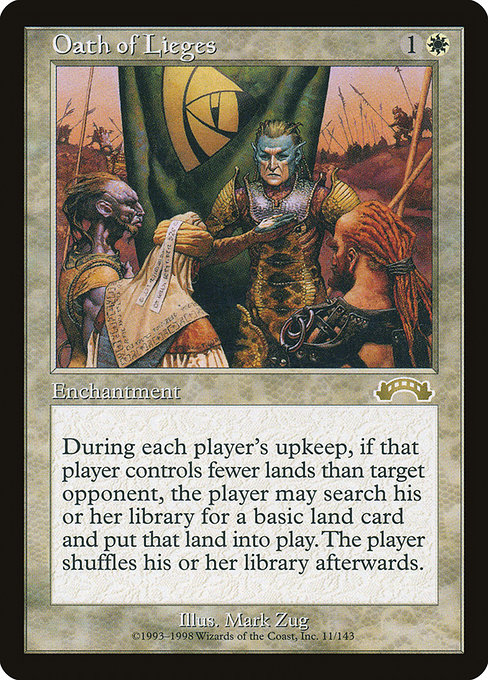
Oath of Lieges
-
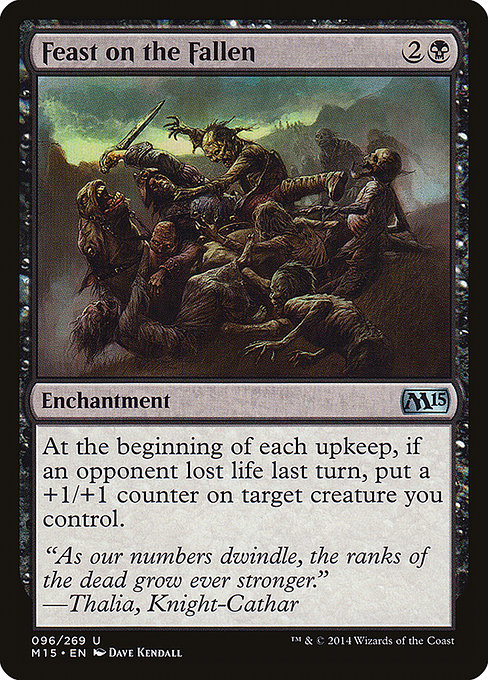
Feast on the Fallen
-
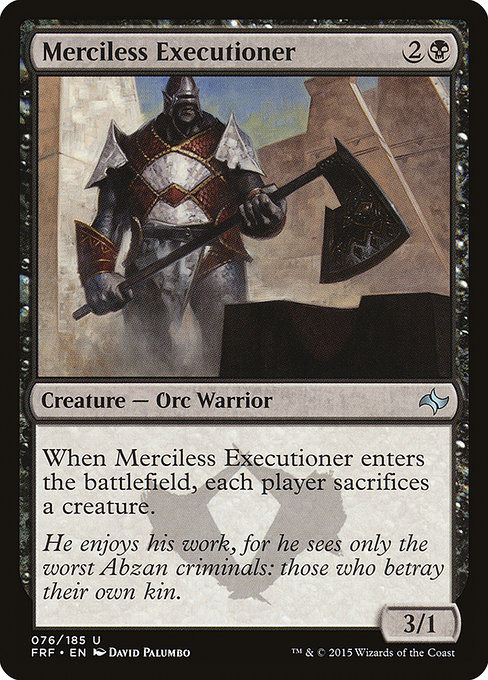
Merciless Executioner
-
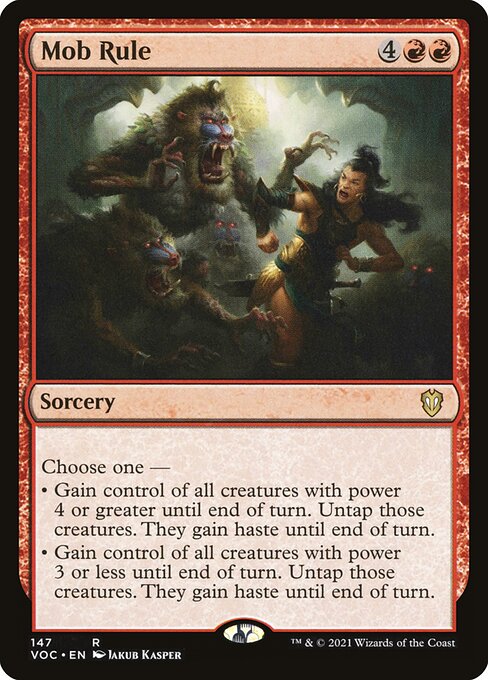
Mob Rule
Gameplay Summary
The game began with all four players establishing their board states with ramp and utility creatures.
Early plays included ramp spells like Soul Ring, Exploration, and Azusa, Lost But Seeking, setting up for big late-game plays.
Muldrotha, the Gravetide established a strong presence with heavy land and permanent-based recursion, while Volrath, the Shapestealer aimed to steal and copy opponents' creatures, creating a dynamic board state.
Marchesa leveraged her ability to protect and grow creatures via +1/+1 counters, while Ruhan of the Fomori focused on a more control-oriented approach rather than pure voltron, using disruption and efficient creatures. Several key interactions shaped the mid-game, including the use of Beast Within and Smothering Tithe, which influenced mana availability and board control.
Marchesa utilized Goblin Bombardment to sac creatures and trigger effects, disrupting opponents' tempo.
Volrath's ability to mimic creatures added pressure, and Muldrotha's recursion of creatures like Scavenging Ooze and Baleful Strix maintained card advantage and board presence.
Combat damage and dethrone triggers helped Marchesa grow her board, though she also sacrificed creatures for board control.
The game saw strategic trading of creatures, control spells, and ramp spells, with each player focusing on their deck's unique strengths to maintain board presence and threaten opponents.



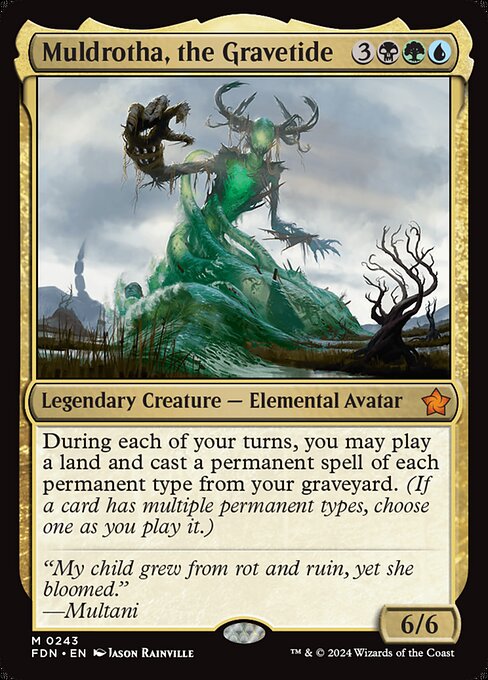

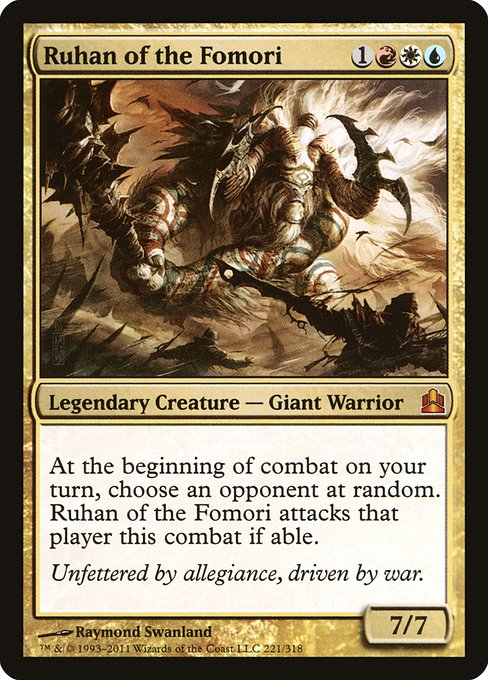



















![Commander VS S1E2: Keranos v. Marchesa v. Animar v. Ruric Thar [MTG Multiplayer] thumbnail](https://i.ytimg.com/vi/zQYgG45Yzuk/sddefault.jpg)


![Commander VS S16E5: Tobias VS Hua Tuo VS Ruhan VS Sygg [EDH] thumbnail](https://i.ytimg.com/vi/G8CMcmKzeUs/sddefault.jpg)





![Greven vs Ruhan vs Gavi vs Golos [EDH Commander] Gameplay 2020 thumbnail](https://i.ytimg.com/vi/h8Amwf407Ik/sddefault.jpg)






![Commander VS S17E2: K'rrik VS Gerrard VS Volrath VS Elsha [EDH] thumbnail](https://i.ytimg.com/vi/yfRsKaCJCSA/sddefault.jpg)



